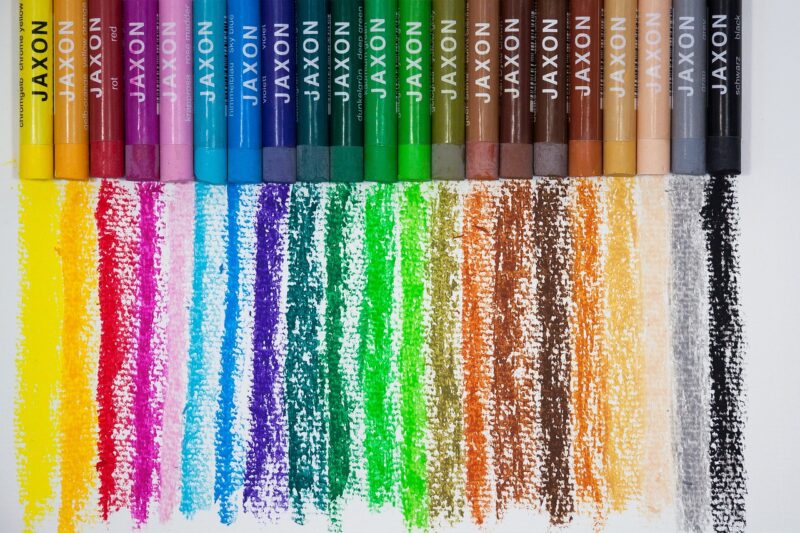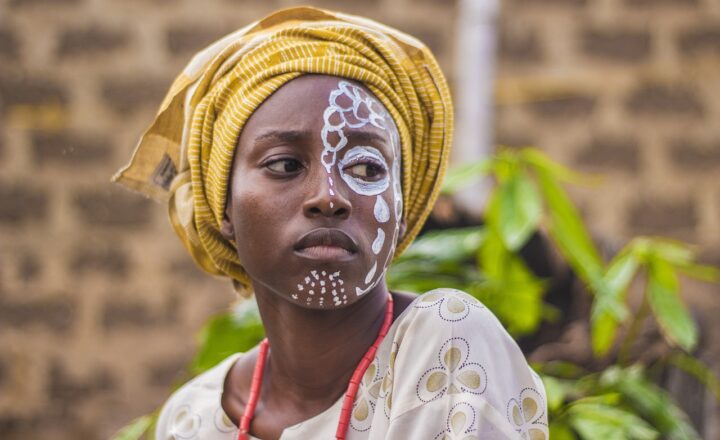
Color is an intrinsic part of our daily lives, influencing everything from our mood to our behavior. But what does it actually mean to perceive and interpret colors? In this comprehensive exploration, we will delve into the science behind color perception, the psychological effects of color, and how culture influences our interpretation of hues.
1. Understanding Color Perception
Color perception begins with the physics of light. Light waves enter our eyes, where they hit the retina, which contains photoreceptor cells known as rods and cones.
- Rods: These cells are more sensitive to light and are responsible for vision in low-light conditions, but do not detect color.
- Cones: There are three types of cones sensitive to different wavelength ranges of light that correspond to blue, green, and red. These are the primary colors of light and the foundation of color vision.
When light of various wavelengths from the visible spectrum stimulates these cones, our brain interprets their combination as color. This biological process is known as trichromatic theory. However, the perception of color is not purely biological; it’s also shaped by how our brains process this information.
2. The Brain and Color Interpretation
Once the cones in the retina detect color, this information travels down the optic nerve to the visual cortex. Here, neurons interpret the signals based on past experiences, context, and other visual cues.
- Color Contrast: The way we perceive colors can change dramatically depending on surrounding colors. This phenomenon is known as simultaneous contrast, where two colors next to each other can appear different than they would in isolation.
- Color Context: The environment plays a critical role. For example, a white dress may appear blue in certain lighting conditions.
- Color Blindness: Some individuals have varying degrees of color blindness, often due to genetic factors affecting cone function. This condition can dramatically alter the way color is perceived in the world around them.
Studies have shown that the brain relies heavily on contextual information to derive meaning from color. For example, blue is typically associated with calmness, while red often evokes passion or urgency. The brain’s interpretation is not merely a reflection of what the eyes have seen, but a combination of visual data and cognitive processing.
3. The Psychological Effects of Color
Color psychology aims to decipher how colors influence human emotions and behaviors. Different hues can provoke distinct psychological responses.
- Red: Often associated with energy, passion, and action. This is why brands like Coca-Cola utilize red in their branding to evoke excitement and stimulate appetite.
- Blue: Symbolizes calmness and trust, which is why many banks and businesses choose this color for branding.
- Green: Represents nature and tranquility, often used in marketing related to health and sustainability.
- Yellow: Can instill feelings of optimism and energy, reminiscent of sunlight, but overexposure can lead to anxiety.
- Black: Often associated with sophistication but can also convey elegance and power.
Marketers recognize the power of color and strategically choose palettes aimed at evoking specific emotional responses at the time of purchase.
4. Cultural Influences on Color Interpretation
Though there are universal themes in color perception, culture plays an essential role in determining how we interpret colors. Different cultures have developed distinct meanings associated with colors.
- White: In many Western cultures, white symbolizes purity and innocence, often seen at weddings. In some Eastern cultures, however, it represents mourning and death during funerals.
- Red: While often associated with love and passion in many cultures, in some nations such as South Africa, it can denote mourning.
- Green: Represents life and nature in many contexts but is also considered unlucky in certain cultures, like some Middle Eastern countries where green has specific religious connotations.
Thus, our perception of color is layered with both biological influences and the impact of culture, emphasizing the complexity behind what colors mean and how they affect us as individuals.
5. The Future of Color Perception Research
With advancements in technology, researchers are beginning to explore how artificial intelligence and virtual reality (VR) might influence color perception. Virtual environments allow for the manipulation of color interactions, aiding in a fuller understanding of how we perceive and interpret color in various contexts.
New studies aim to uncover how digital screens, encompassing the way colors are represented differently across devices, may alter our color interpretations further.
As color perception research evolves, it could lead to more effective marketing techniques, tools for artists, and improved educational materials that adapt to how different learners perceive color.
Conclusion
The way we perceive and interpret colors is a complex interplay of biological, psychological, and cultural elements. The fascinating world of color not only enhances our visual experiences but also plays a pivotal role in our emotional and social interactions. By understanding the science behind our relationship with color, we can better appreciate its power and impact in our lives.
Whether you are an artist seeking inspiration, a marketer looking to influence consumer behavior, or simply someone who enjoys surrounding themselves with beautiful colors, knowing the science of color perception enriches our experience of the world around us.







